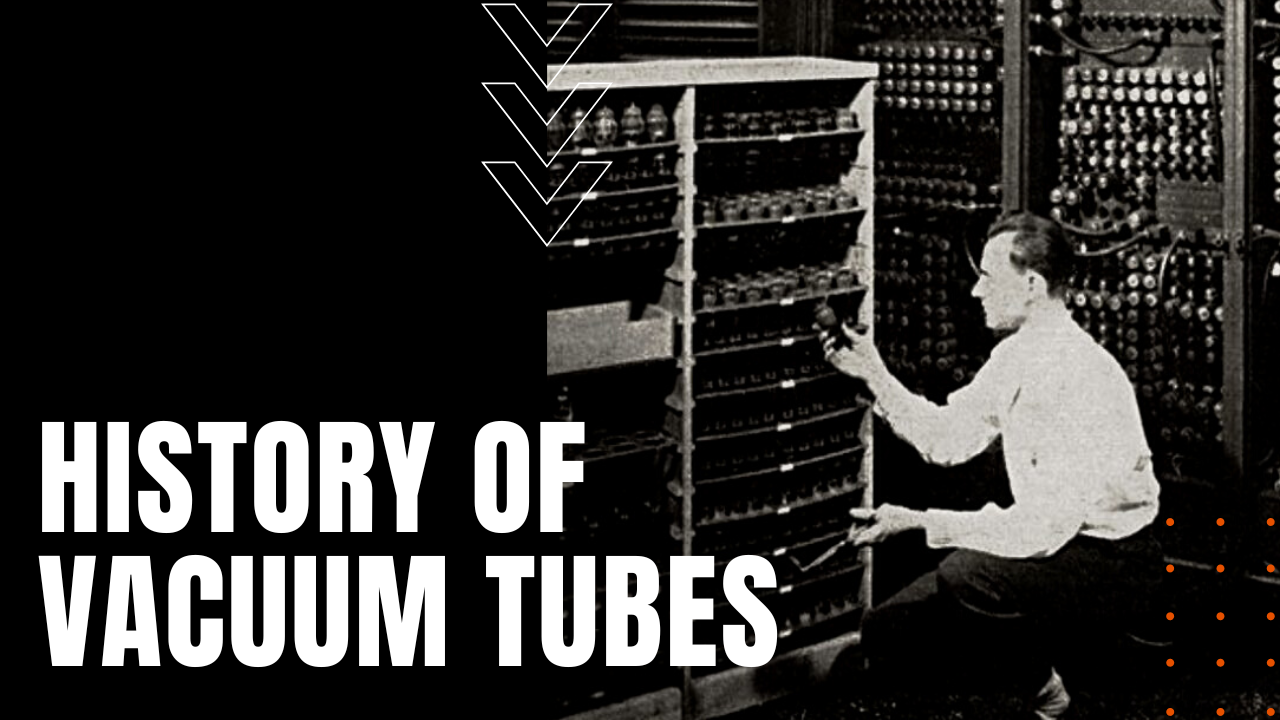History of Vacuum Tubes

Known as the vacuum or electron tube or valve to the British, in 1883, famed inventor Thomas Edison struggled with filament breakage in his many attempts to invent a sustainable incandescent lightbulb. Observing that the break invariably occurred at the positive end of the filament, Edison reasoned that some unknown electrical particles were bombarding that end of the filament, recording in his notebooks what became known as the Edison Effect before returning to the distractions of his many other inventions.
Early Iterations
In 1906, Dr. Lee De Forest added a third element that transformed the Edison Effect into the first vacuum tube, which would in turn spawn a staggering number technological advances in the early to mid 20th century. But it remained for Bell Lab’s scientists and engineers to perfect vacuum tube technology for broad commercial use, leading to the development of the radio, the television, radar, sound recording and reproduction, the motion picture industry, long-distance telephone networks and first generation computers.
How They Work
At its simplest, a vacuum tube is made up of a cathode and an anode encased in a vacuum-sealed glass tube, and when the cathode is heated up by an electrical source, a stream of electrons flow toward the anode, giving the anode a positive potential. The result is a closed electric switch, which can then be used for a multitude of fundamental electronic tasks, including amplification, rectification of alternating current to direct current, generation of radio-frequency waves known as RF and the creation of images on television and computer screens, as well as diode, switch and voltage conversion applications.
Early Computers & Vacuum Tubes
In the early days of computing, thousands of vacuum tubes were required to generate computational power, which relies on millions of binary functions, making large numbers of vacuum tubes critical for large scale computation. Broadly speaking, the electronic analogue and early digital computers during the 1940s up to about 1956 comprised the first generation of computers, including the 1600-tube Colossus, the 16,468-tube Eniac and the 5,000-tube Harvard Mark III.
Big Footprint Technology
Given the combined size and heat generated by so many firing vacuum tubes, early computers consumed a large amount of space and energy, requiring cooling systems and technicians to replace blown tubes, at the same time clearing away insects drawn to the heat and light of so many firing tubes, creating a literal debugging procedure now long forgotten in the history of computing, making the vacuum tube, a fundamental component within the lion share of 20th century technological advances.
